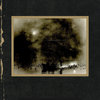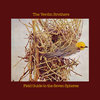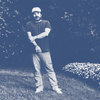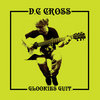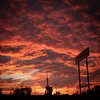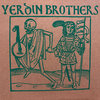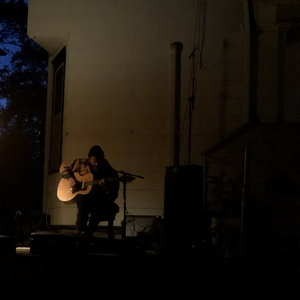Bone Porcelain by Mark Verdin
Tracklist
| 1. | Depression Glass | 5:20 |
| 2. | Magpie's Eye | 4:40 |
| 3. | Bone Porcelain | 6:36 |
| 4. | The Song of the Blind Owl | 8:02 |
| 5. | Pium, Paum | 4:11 |
Credits
released December 26, 2019
Recorded winter 2018-autumn 2019 in Minneapolis, MN, USA and at Archimedes' Attic Studios in St. John's, NL, Canada. Mastering by S. Crewe in St. John's.
M Verdin - Guitars, harmonium, clarinet, jaw harp, banjo, dobro, bells, field recordings
Additional musicians:
P Verdin - Bass on 1, 2, and 4
A Verdin - Conga on 4
All tracks by M Verdin except "Pium, Paum," traditional.
I encountered "Pium, Paum" in James P. Leary’s "Folksongs of Another America: Field Recordings from the Upper Midwest, 1937-1946," published by the University of Wisconsin Press. He writes, “An old traditional lullaby, the opening words of which onomatopoeically invoke a rocking cradle, this song acquired its second and third verses from Kustaa Killinen (1819-1922), a Finnish poet and educator (Hakala 2007: 135, 289-290). Shifting succinctly from cradle to grave, these verses were aptly identified in Sidney Robertson’s notes as ‘often sung at children’s and young people’s funerals’” (59).
Recorded winter 2018-autumn 2019 in Minneapolis, MN, USA and at Archimedes' Attic Studios in St. John's, NL, Canada. Mastering by S. Crewe in St. John's.
M Verdin - Guitars, harmonium, clarinet, jaw harp, banjo, dobro, bells, field recordings
Additional musicians:
P Verdin - Bass on 1, 2, and 4
A Verdin - Conga on 4
All tracks by M Verdin except "Pium, Paum," traditional.
I encountered "Pium, Paum" in James P. Leary’s "Folksongs of Another America: Field Recordings from the Upper Midwest, 1937-1946," published by the University of Wisconsin Press. He writes, “An old traditional lullaby, the opening words of which onomatopoeically invoke a rocking cradle, this song acquired its second and third verses from Kustaa Killinen (1819-1922), a Finnish poet and educator (Hakala 2007: 135, 289-290). Shifting succinctly from cradle to grave, these verses were aptly identified in Sidney Robertson’s notes as ‘often sung at children’s and young people’s funerals’” (59).

